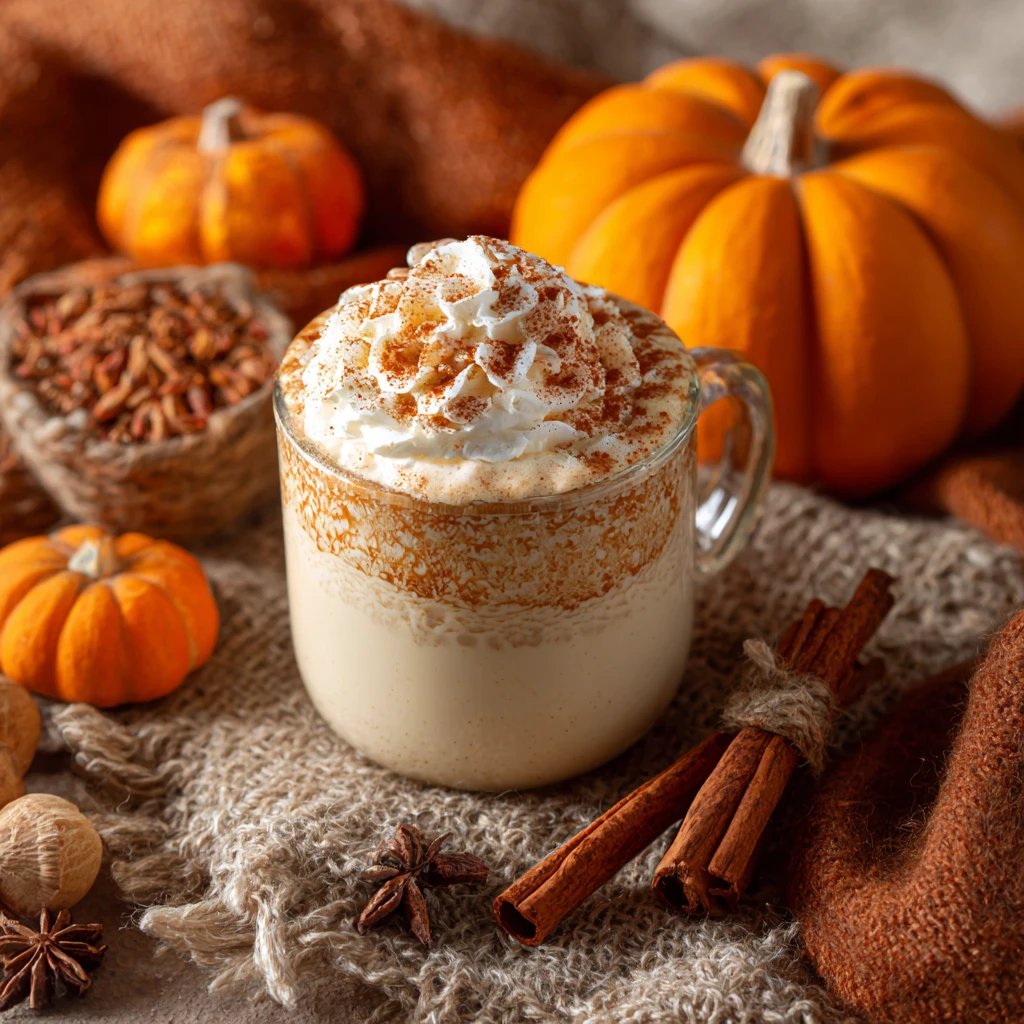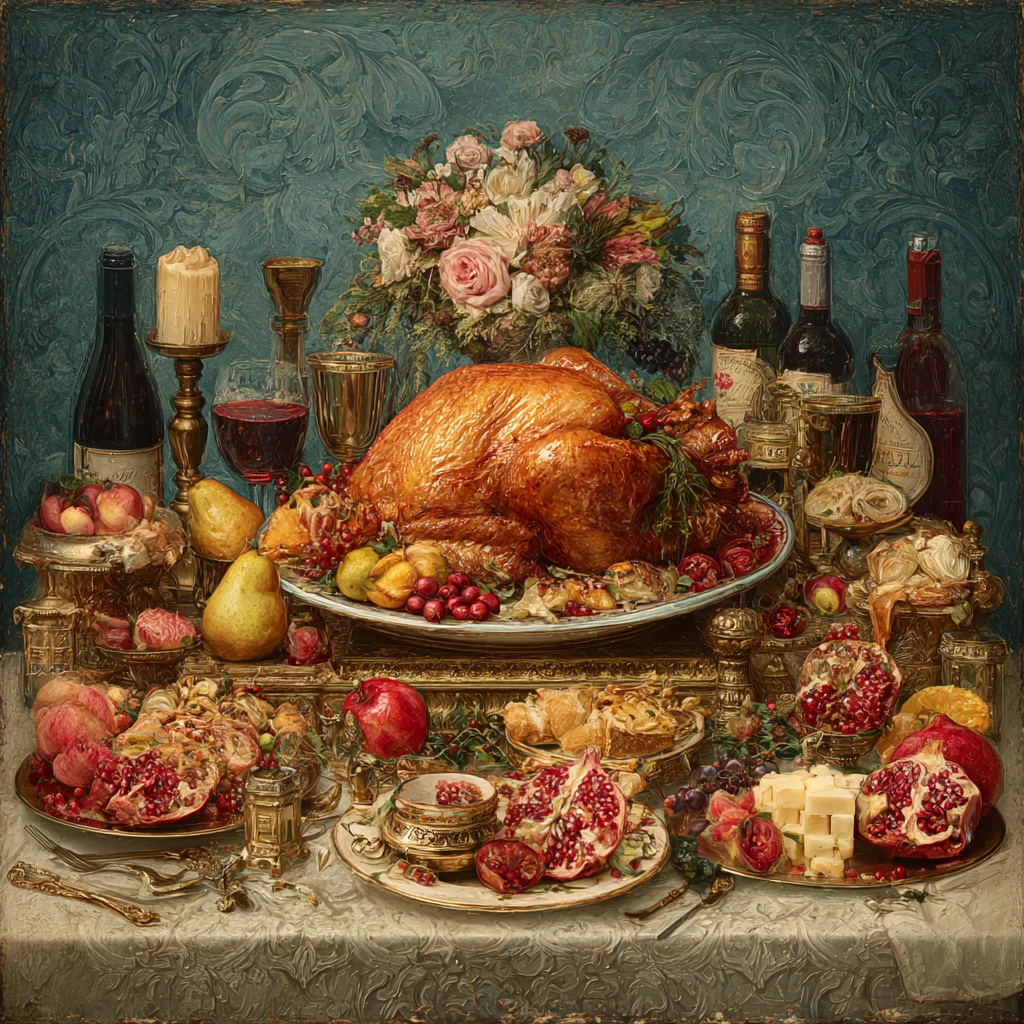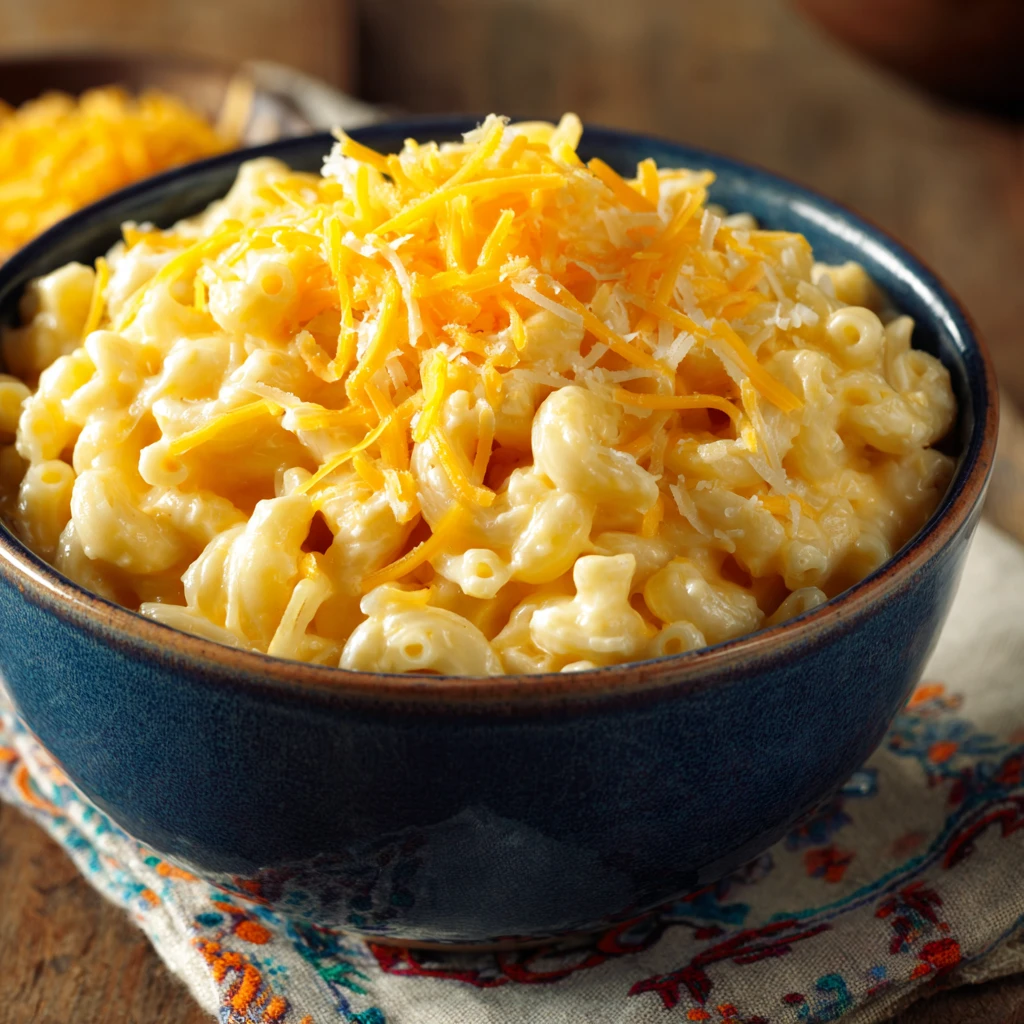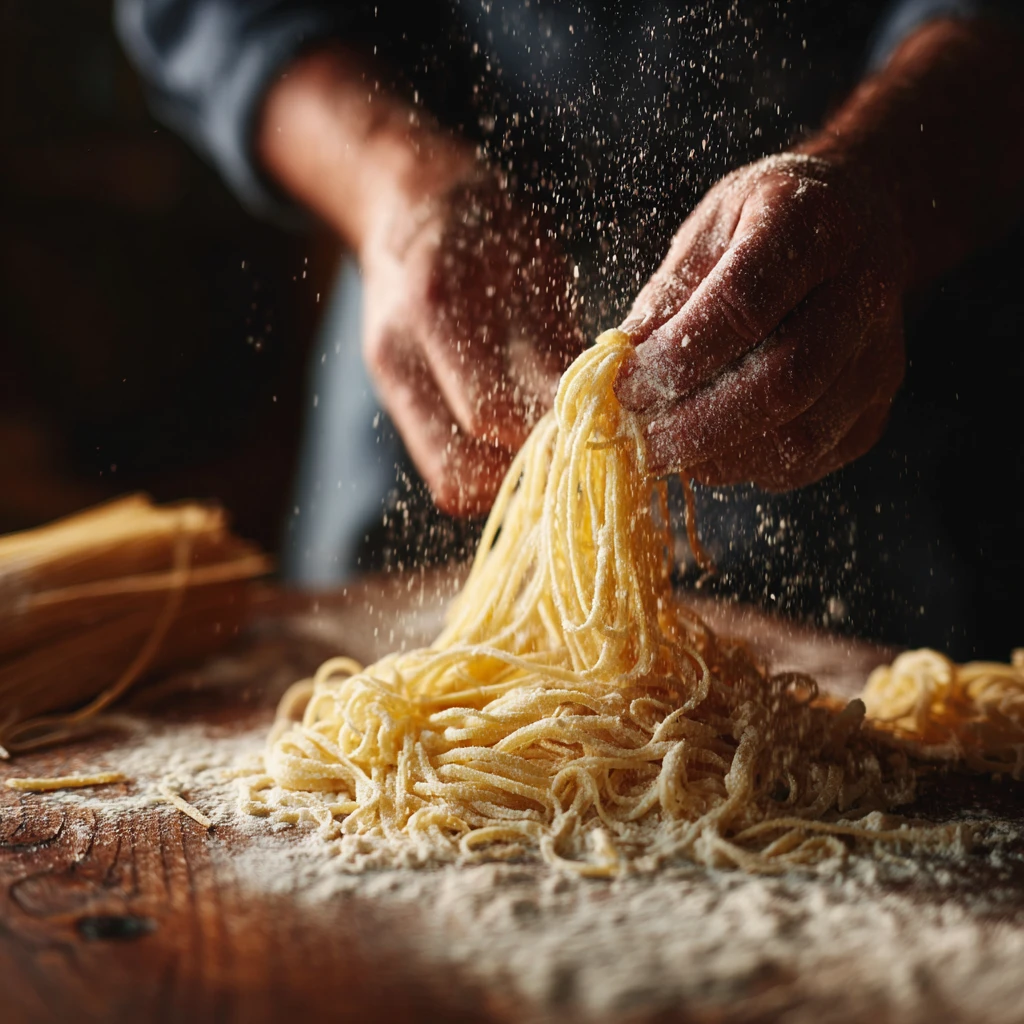Fall Flavors: Pumpkin, Spice, and Everything Nice
Fall is synonymous with a symphony of flavors, a delightful culinary embrace that warms us as the days grow shorter. Pumpkin, spice, and everything nice – this quintessential combination encapsulates the essence of autumn, transforming ordinary dishes into extraordinary experiences. Let’s delve into the world of fall flavors, exploring their history, applications, and the magic they bring to our tables.

The Allure of Pumpkin: More Than Just a Jack-o'-Lantern
Pumpkin, a versatile and vibrant member of the squash family, holds a special place in fall traditions. More than just a decorative gourd, pumpkin boasts a subtly sweet flavor and a creamy texture that lends itself beautifully to both sweet and savory applications.
From Native American Staple to Pumpkin Spice Latte
The history of pumpkin in North America dates back thousands of years. Native Americans cultivated pumpkins for their flesh, seeds, and even their blossoms. They roasted, boiled, and dried pumpkin for year-round sustenance. Colonists quickly adopted this versatile crop, incorporating it into pies, breads, and stews.
The modern obsession with pumpkin spice arguably began with the introduction of pumpkin pie spice blends, offering a convenient way to infuse baked goods with the warm flavors of cinnamon, nutmeg, ginger, and cloves. However, the true explosion of pumpkin spice mania occurred with the advent of the Pumpkin Spice Latte (PSL), a seasonal coffee beverage that has become a cultural phenomenon.
Pumpkin in the Kitchen: Beyond the Pie
While pumpkin pie remains a beloved classic, the culinary possibilities of pumpkin extend far beyond this single dessert. Pumpkin puree can be added to soups, stews, and risottos for a creamy, subtly sweet flavor. It also works wonders in baked goods, adding moisture and depth to muffins, breads, and cookies.
Consider trying pumpkin in savory dishes as well. Roasted pumpkin wedges make a delicious side dish, while pumpkin ravioli offers a comforting and elegant pasta option. Pumpkin seeds, roasted and seasoned, provide a crunchy and nutritious snack.
Unpacking the Spice Rack: The Magic of Fall Aromatics
The term “spice” encompasses a wide range of aromatic plant-derived substances that add flavor, aroma, and complexity to food. Fall spices, in particular, evoke feelings of warmth, comfort, and nostalgia.
Cinnamon: The Warm Embrace of Autumn
Cinnamon, derived from the inner bark of trees from the genus Cinnamomum, is perhaps the most iconic fall spice. Its warm, sweet aroma and flavor make it a staple in baked goods, beverages, and even savory dishes.
Cinnamon comes in two main varieties: Ceylon cinnamon, known as “true cinnamon,” and Cassia cinnamon, which is more commonly found in grocery stores. Both offer a similar flavor profile, but Ceylon cinnamon is generally considered to be more delicate and complex.
Nutmeg: A Nutty and Aromatic Delight
Nutmeg, the seed of the nutmeg tree, adds a warm, nutty, and slightly sweet flavor to dishes. It is often used in conjunction with cinnamon, cloves, and ginger to create a classic fall spice blend.
Nutmeg is best used freshly grated, as pre-ground nutmeg loses its flavor and aroma more quickly. A microplane grater is an ideal tool for grating nutmeg directly into your dishes.
Ginger: A Zesty and Invigorating Spice
Ginger, the rhizome of the ginger plant, offers a zesty, pungent, and slightly sweet flavor. It is a versatile spice that can be used in both sweet and savory applications.
Fresh ginger can be grated, minced, or sliced to add flavor to stir-fries, soups, and sauces. Ground ginger is commonly used in baked goods, adding a warm and spicy kick. Crystallized ginger provides a chewy and sweet treat.
Cloves: A Warm and Pungent Addition
Cloves, the dried flower buds of the clove tree, offer a warm, pungent, and slightly sweet flavor. They are a powerful spice, so a little goes a long way.
Cloves are often used in spice blends, adding depth and complexity to baked goods, beverages, and savory dishes. They can also be used whole to infuse flavor into mulled wine or cider.
The Perfect Pairing: Combining Pumpkin and Spice
The magic of fall flavors truly comes alive when pumpkin and spices are combined. The subtle sweetness of pumpkin is perfectly complemented by the warm, aromatic notes of cinnamon, nutmeg, ginger, and cloves.
Creating Your Own Pumpkin Spice Blend
While pre-made pumpkin spice blends are readily available, creating your own allows you to customize the flavor profile to your liking. A basic pumpkin spice blend typically includes:
- 4 tablespoons ground cinnamon
- 2 tablespoons ground ginger
- 1 tablespoon ground nutmeg
- 1 teaspoon ground cloves
Adjust the ratios to suit your preferences. For a spicier blend, add more ginger or cloves. For a sweeter blend, add more cinnamon.
Pumpkin Spice in Recipes: Inspiration and Ideas
Once you have your pumpkin spice blend, the possibilities are endless. Add it to your favorite baked goods, such as pumpkin bread, muffins, and cookies. Sprinkle it over your morning oatmeal or yogurt. Use it to season roasted vegetables, such as sweet potatoes or butternut squash.
Consider adding pumpkin spice to your coffee or tea for a warm and comforting beverage. You can also use it to create a delicious pumpkin spice syrup for cocktails or mocktails.
Everything Nice: Complementary Flavors and Textures
While pumpkin and spice are the stars of the fall flavor show, they are often enhanced by other complementary flavors and textures.
Sweetness and Creaminess: Balancing the Spices
Sweetness helps to balance the warm and pungent notes of fall spices. Maple syrup, brown sugar, and honey are all excellent choices for adding sweetness to pumpkin spice creations.
Creaminess also plays a crucial role in creating a satisfying and comforting flavor experience. Cream cheese frosting, whipped cream, and ice cream are all popular accompaniments to pumpkin spice desserts.
Nuts and Seeds: Adding Texture and Flavor
Nuts and seeds add a delightful crunch and nutty flavor to fall dishes. Walnuts, pecans, and almonds are all excellent choices for adding texture to baked goods. Pumpkin seeds, roasted and seasoned, provide a savory and nutritious crunch.
Fruit: Brightening Up the Palette
Apples, cranberries, and pears are all excellent fruits to pair with pumpkin and spice. They add a touch of sweetness and tartness that brightens up the palette and complements the warm, earthy flavors.
Beyond the Kitchen: Experiencing Fall Flavors in Other Ways
The allure of fall flavors extends beyond the kitchen. Pumpkin spice scented candles, air fresheners, and lotions offer a sensory experience that evokes the feeling of autumn.
Visiting a pumpkin patch or apple orchard is a quintessential fall activity that allows you to immerse yourself in the flavors and aromas of the season. Many farms offer hayrides, corn mazes, and other activities that make for a fun and memorable experience.
Fall festivals and farmers markets are another great way to experience the flavors of the season. You can sample pumpkin pies, apple cider donuts, and other fall treats, as well as purchase fresh produce and locally made goods.
Embrace the Season with Pumpkin, Spice, and Everything Nice
Fall is a time for warmth, comfort, and delicious flavors. By embracing the combination of pumpkin, spice, and everything nice, you can create unforgettable culinary experiences that capture the essence of the season. From pumpkin pie to spiced lattes, the possibilities are endless. So, gather your ingredients, fire up your oven, and get ready to indulge in the delightful flavors of autumn.

FAQ: Your Burning Questions Answered
Can I use canned pumpkin instead of fresh pumpkin?
Yes, canned pumpkin puree is a convenient and readily available substitute for fresh pumpkin. Make sure to use pumpkin puree, not pumpkin pie filling, which already contains spices and sugar.
How long does pumpkin spice last?
Homemade pumpkin spice blend will last for about 2-3 years if stored in an airtight container in a cool, dark place. However, the flavor will diminish over time, so it’s best to use it within a year for the best results.
What can I add to pumpkin spice to make it taste better?
Experiment with adding other spices to your pumpkin spice blend, such as cardamom, allspice, or star anise. You can also add a pinch of salt to enhance the flavors.
What are the health benefits of pumpkin spice?
The spices in pumpkin spice, such as cinnamon, ginger, and nutmeg, have antioxidant and anti-inflammatory properties. However, the health benefits are minimal due to the small amounts of spices used in most recipes.
Is pumpkin spice just for fall?
While pumpkin spice is traditionally associated with fall, there’s no reason why you can’t enjoy it year-round. The warm and comforting flavors are perfect for any time of year.
What goes well with pumpkin spice latte?
Pumpkin spice latte pairs well with a variety of treats, including pumpkin bread, muffins, scones, or cookies. You can also enjoy it with a slice of apple pie or a cinnamon roll.
What other spices are considered 'fall' spices?
Other than those mentioned, spices like cardamom, star anise, and allspice are often grouped as fall spices because of their use in seasonal baking and cooking.
How can I store fresh pumpkins so they last longer?
Store whole, uncut pumpkins in a cool, dry place away from direct sunlight. Properly stored pumpkins can last for several months.



